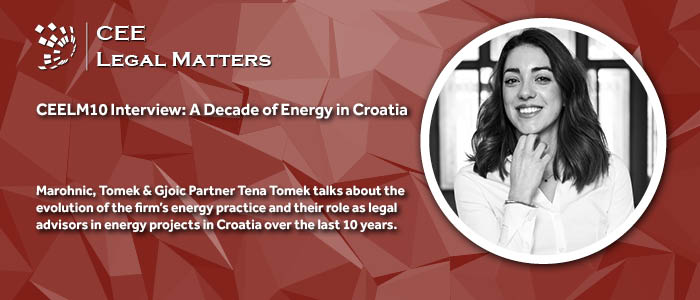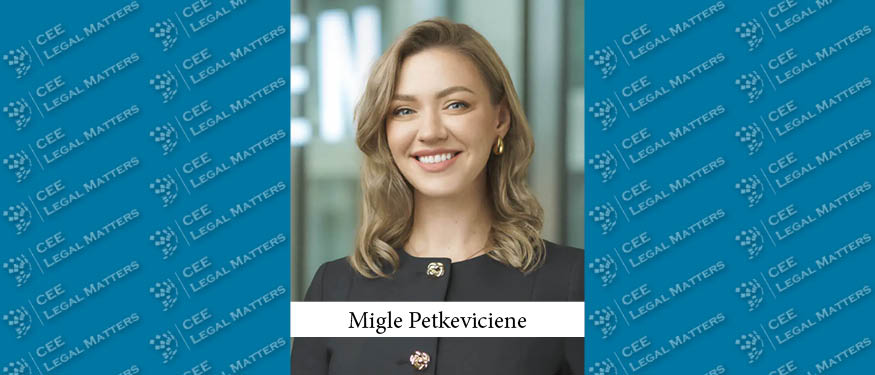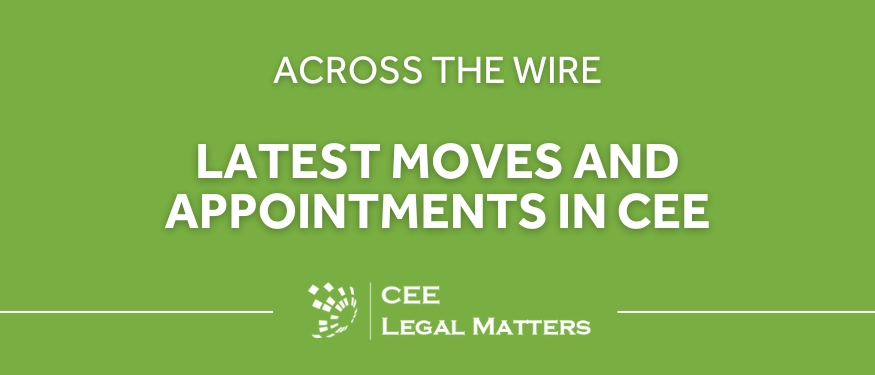Marohnic, Tomek & Gjoic Partner Tena Tomek talks about the evolution of the firm’s energy practice and their role as legal advisors in energy projects in Croatia over the last 10 years.
CEELM: Over the last 10 years, what types of energy projects have kept your team the busiest? How has that evolved over the past decade?
Tomek: MTG law firm is recognized as the go-to energy outfit for all energy-related work, and as such we have been busy with quite a range of energy-related work in terms both of sectors and type of work.
In renewable energy, until 2021, the focus was on projects that had already been developed or were in a very late stage of development and that had PPA executed with the Croatian Energy Market Operator (HROTE) under the fixed feed-in tariff model. Those projects were mostly looking for financing, re-financing, or M&A (both sell-side and buy-side).
In 2021, regulations of the energy market underwent significant structural changes. New challenges emerged shifting our focus again on complex regulatory matters and advising on new developments now with the focus on all phases of the development itself, such as spatial planning, land property rights, grid connection matters, energy and construction-related permits, public procurement, EPC contracts, O&M contracts, various PPAs, etc.
Apart from renewable energy, in the past decade, we have been working on other various types of conventional energy mandates, such as oil and gas upstream business, including PSAs, but also some emerging areas such as shaping policies in energy efficiency, energy renewal, and waste management.
In terms of EU work, we are regularly performing compliance checks for the European Commission and reporting on the transposition of various energy-related directives.
CEELM: Looking back at the last 10 years, what have been your and your team’s most intense periods, and what factors do you believe led to them?
Tomek: The most intense period has been the past couple of years, since the shift in the regulatory framework in 2021. In addition to our regular steady energy-related workflow, there has been a surge of mandates related to navigating the new and complex regulatory framework. Namely, the introduction of a new Electricity Market Act in 2021 required the adoption of a whole set of new secondary legislation. However, these new by-laws have been introduced with a delay of over two years, leaving projects being developed in that interim transition period on highly uncertain legal grounds. Finally, when, in July 2023, the new regulation on energy approval, which is the crucial document for new developments, was adopted, further uncertainties arose in relation to e.g., development on mixed private and public land. Therefore, we have concentrated on steering our clients during their project development, financing, or M&A activities through uncertain regulatory frameworks. Also, we have actively participated in the public consultations phase of issuance of the relevant by-laws since a clear regulatory framework is crucial for energy market development and transition.
CEELM: How have the profiles of energy projects evolved over the last decade, and what trends do you observe in terms of the energy project categories and investments?
Tomek: Croatia is keeping up with the global trends in transitioning from traditional oil and gas to electricity, with a particular emphasis on renewable energy sources.
In terms of renewables, under the old feed-in tariff system, the focus has been on combined heat and power (CHP) plants due to the award of additional premium incentives for achieving efficient usage of thermal energy produced in co-generation. Thermal energy has mostly been used for drying facilities for biomass which has, in turn, been used as fuel for the plant, or in nearby greenhouses. Now, the focus has shifted to solar energy, with wind energy being continuously equally attractive. New technologies enable building hybrid wind turbines and photovoltaic farms allowing for complementary use of wind and sun sources. Sun shines during the day, and the wind blows irregularly, and both are seasonal, so combined use provides for a balanced energy supply.
Another notable trend relates to the legislative framework for agro-solar projects. The new regulation aims to facilitate the development of agricultural solar plants, benefiting both the energy and agriculture sectors.
Additionally, due to the energy market's dynamics, we observed a shift toward corporate power purchase agreements (PPAs) and a move toward more market-based energy transactions.
CEELM: In terms of client needs, what new expectations do you see emerging in the energy sector, and what aspects do you think have decreased in importance over time?
Tomek: In terms of client needs, the demand is emerging for corporate/commercial PPA advisory and negotiation support. Transitioning from a state-guaranteed long-term feed-in tariff (FIT) PPA to private flexible corporate PPAs negotiated and executed with private buyers under market terms is an obvious trend in Croatia. Previously, PPAs involved a non-negotiable template agreement provided by HROTE under the terms prescribed by the secondary regulation. So, under the old regime entering into a PPA was more similar to a licensing step than an agreement negotiation, i.e., if the producer fulfilled certain legal requirements, it would get a PPA which was the same for everybody. Now, this new market trend emerged, and we can see more private producers wanting to enter into PPAs with other private off-takers. Also, the trend goes in the other direction too, since big corporates want to participate in green transition and fulfill their ESG requirements by sourcing the electricity from renewable sources and also getting guarantees of origin (that is an electronic document proving the origin of energy). Naturally, this move toward corporate PPAs is also in line with the EU Renewable Energy Directive which is asking member states to remove all barriers to corporate PPAs.
Our law firm MTG was one of the sponsors of the first and second regional conferences organized by RE-Source Croatia dedicated to the development of green PPA contracts, held in 2023 and 2024, respectively. The topic is complex and fast developing resulting in a number of various PPA structures and possibilities. Therefore, it is important for us to stay ahead of the trends in order to be able to adequately guide and support our clients.
CEELM: From a legislative/regulatory standpoint, what have been the main recurring challenges your team has faced in facilitating energy deals and projects?
Tomek: The main challenge has been dealing with the uncertain regulatory situation since critical secondary legislation had been missing for more than two years. A key piece of regulation determining the price for grid connection (and further grid upgrades) has still not been adopted. Without this critical financial input, it is impossible to move forward with the development. Currently, the whole sector is eagerly awaiting for issuance of a decision on the fee. It is estimated that around 1,300 megawatts of projects with a total investment value of around EUR 1.2 billion are on imposed hold in Croatia due to the significant regulatory lag.
CEELM: What is on the horizon for the energy sector? What do you believe will be the highlights in a similar interview 10 years from now, and how do you anticipate the industry evolving?
Tomek: We expect further development of the Croatian electricity market in line with the REPowerEU initiatives and the emergence of new market participants ranging from producers and suppliers to aggregators and energy storage. Croatia is currently in the process of adopting a new legislation crucial for electricity market design reform. Active customers should now be able to purchase electricity on the market and engage in physical PPAs directly with the producers. This represents a shift from the traditional system, where final customers were restricted to purchasing electricity solely from regulated suppliers. Furthermore, new market participants such as citizen energy communities and renewable energy communities will emerge. Both can comprise natural persons, local authorities, municipalities, and small enterprises allowing them to collectively participate in the market to meet their energy needs (or to sell electricity that was produced but not consumed within the community). We expect the green transition to continue and energy markets to further evolve and become more inclusive.
Marohnic, Tomek & Gjoic is CEE Legal Matters' Practice Leader for Energy in Croatia for 2024 – learn more here.













